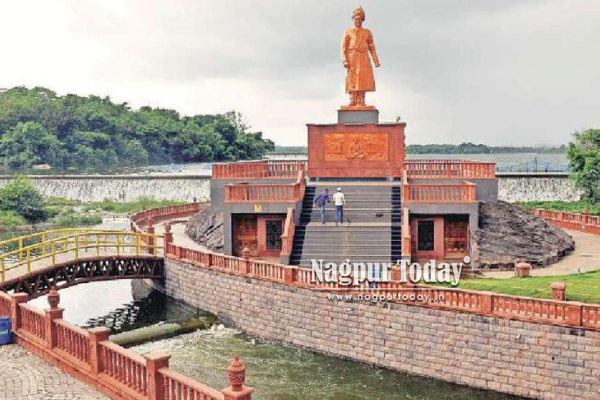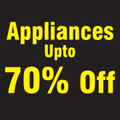
Nagpur: The Swami Vivekananda Memorial situated on the spillway of the Ambazari dam has been cleared of any responsibility for the September 23, 2023, floods in the catchment area of the Nag River. This was confirmed in the final report submitted by the Central Water and Power Research Station (CWPRS), Pune.
The report, received by the Nagpur Municipal Corporation (NMC) on April 15, states that the memorial pedestal had no role in obstructing floodwater, as was earlier alleged in a Public Interest Litigation (PIL) filed by residents of Yashwant Nagar, Ambazari, and nearby areas. The residents had approached the Bombay High Court (Nagpur Bench) claiming that the statue was blocking the natural flow of water and had demanded its relocation.
However, the Maharashtra Water Resources Department (WRD) maintained that the memorial did not affect water flow. To resolve the matter, the government sought a scientific investigation by CWPRS.
According to the CWPRS study, the real cause of flooding was an earthmover that got stuck beneath the narrow bridge at chainage 140 m, which significantly reduced the waterway during heavy rainfall. The machine was being used to clear water hyacinth (Eichhornia) from the channel but had to be abandoned when floodwaters rose suddenly. This obstruction led to water backing up and overflowing into nearby low-lying areas.
Simulations conducted by CWPRS scientists revealed that the statue and its pedestal, located upstream of the bridge, did not cause any notable change in water flow. Even when modeled without the statue, there was no significant variation in discharge or water levels downstream, indicating that the memorial was not a factor in the flooding.
Further findings noted that heavy rainfall—approximately 109 mm in three hours—caused a surge in water discharge. Combined with the blocked bridge, this resulted in the collapse of an adjacent wall and a dramatic increase in flow velocity, further aggravating the flooding.
The study concluded that the main cause of the flood was limited discharge capacity under the old bridge, not the presence of the memorial. Since then, the old bridge has been dismantled, and a wider channel has been constructed, greatly reducing future flood risks.
In a statement, the NMC’s Public Health Engineering Department emphasized that the new bridge’s increased height and width will significantly enhance floodwater management and reduce the likelihood of a repeat incident.
















